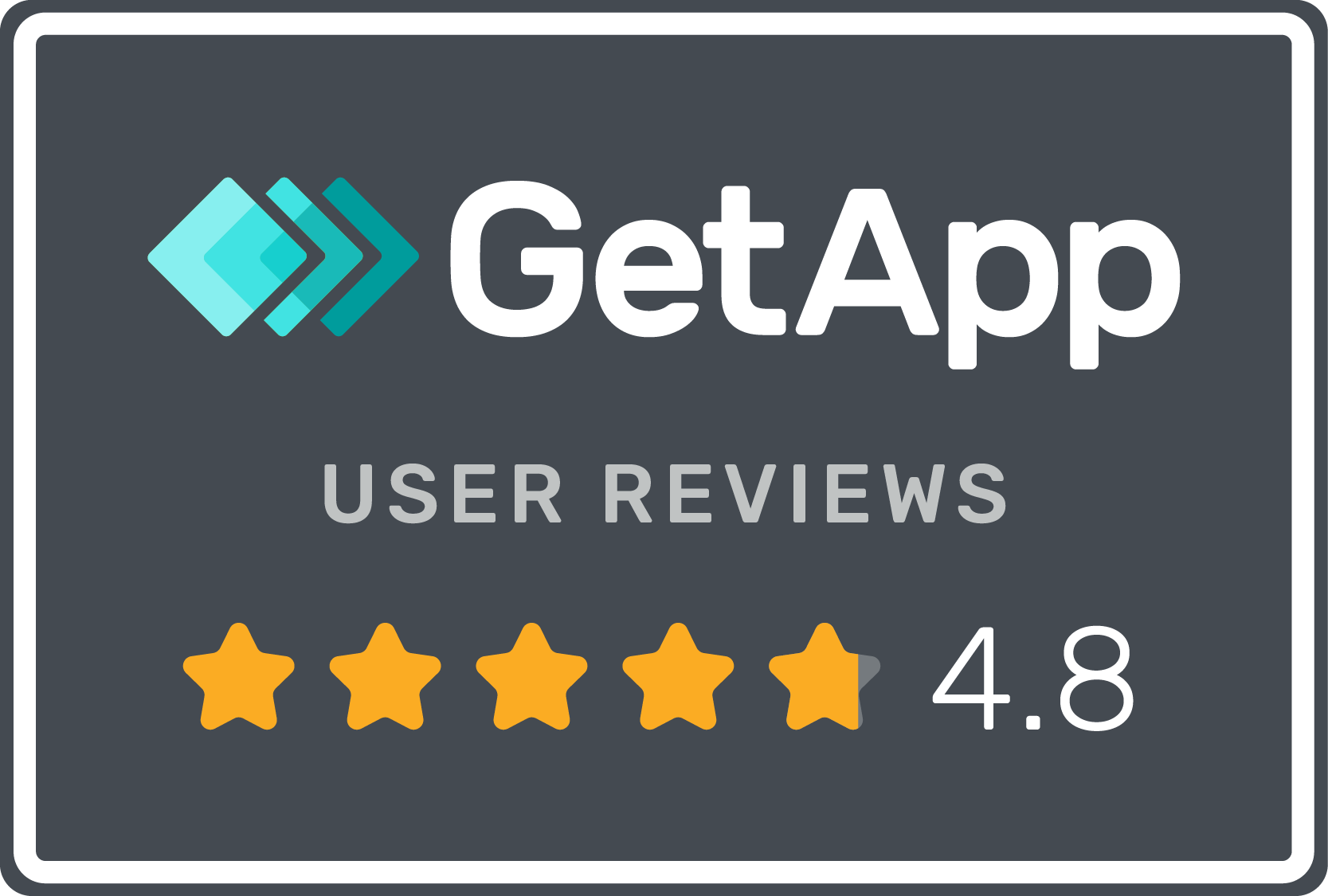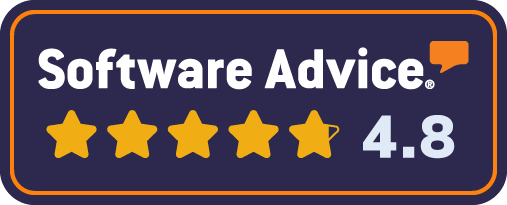A Brand Portal is a website that provides access to a brand's digital content, including both file based content and native web content such as text and html.
That digital content consists of:
- file based digital assets (such as Logo artwork, images, video, brochures, etc) and;
- written posts or articles (such as press releases, story ideas, blog posts, copy blocks, etc).
- links to other online content (such as social media posts, websites, web pages etc)
Brand Portals are built on top of underlying DAM and CMS systems where content is saved, curated and managed by the brand.
Brand Portals can be public or private (accessible by invitation only).
Whether public or private, typically logged in users can access content based on their particular user role.
For example, a member of the public may have view only access to some widely promoted images, while a staff member or a trade partner, might have access to a larger selection of high resolution images suitable for paid media placement.
Brand Portals often include Brand Guidelines, Brand Standards, Brand Style Guides and other instructions for use of the brand content by the user.
B2B, B2C or Both
Brand Portals are typically B2B websites that support staff, trade customers, resellers and the media. They are not typically the primary website of a Brand, but can be thought of as a companion site that supports employees, the trade or partner ecosystem of a brand.
However a Brand Portal can also function as a B2C website as Brands start to focus more on the content, and less on fancy 'website chrome'. In fact much of the world now consumes brand content on social media sites or apps, where the brand has essentially zero control of the content wrapper or 'chrome'.
Brands have already lost control of the wrapper to significant degree. So the content itself is what Brands should be focusing on today. Instead we see many Brands, especially brands that employ Agencies to build their websites, spend too much time and effort on the way a site looks and fancy inteactivity or navigation. Most of which, just gets in the way of the actual content.
"The content itself is what customers are interested in, so Brands should be focusing on the content, not the content wrapper or "chrome".
If you think about it - that's a good thing.
For content first brands, a Brand Portal arguably does a better job of surfacing brand content to retail customers, than the typical agency or designer created corporate/retail website.
Brand Portals do this with a content first approach, better search, better content filtering, the ability to personalize content collections and content experiences.
In this sense a Brand Portal can present more like a social media account, yet remain fully controlled by the Brand, including the ability to customize the wrapper or 'chrome".
It can be the branded home for all a brand's content.
It means brands can waste less time and money reinventing-the-wheel on website design projects, that often add little real value, and focus more on creating great content, and better products and services.
Brand Portals are like Brand Media channels (vs Social Media channels) and give brands a fighting chance to take back a little control.


